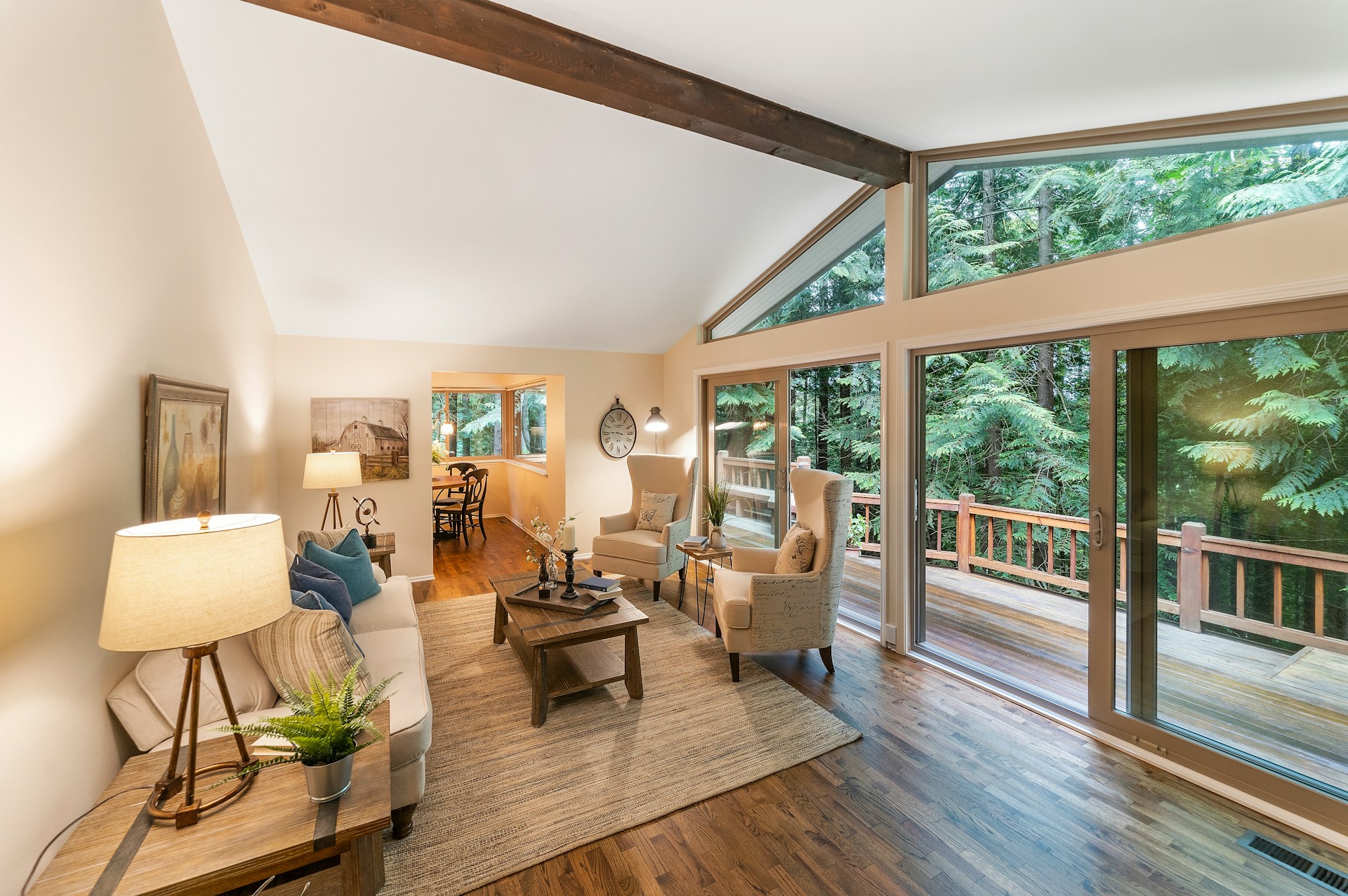In the realm of English architecture and housing, terms like “lofts” and “attics” hold distinct meanings, each representing unique spaces within a home. While both contribute to a property’s overall layout and functionality, understanding the disparities between these features is essential for homeowners seeking to maximise their living space efficiently. This article aims to elucidate the disparities between lofts and attics within the context of English homes, shedding light on their characteristics, uses, and potential for renovation.
Lofts in English Homes: Utilitarian Spaces with Modern Flair
In English homes, lofts often symbolise modernity and versatility, offering expansive, open-plan areas that are adaptable to various living arrangements. Key characteristics of lofts in English homes include:
- Conversion Potential: Many traditional English properties boast spacious loft areas that are ripe for conversion into habitable spaces. Proper planning and renovation can transform lofts into bedrooms, home offices, or recreational areas, adding significant value to the property.
- Architectural Features: Lofts in English homes often feature exposed beams, pitched roofs, and large windows, lending them a distinct character and charm. These architectural elements contribute to the overall aesthetic appeal of the space while allowing ample natural light to filter through.
- Integration of Modern Amenities: To meet the demands of contemporary living, lofts in English homes are often equipped with modern amenities such as en-suite bathrooms, fitted kitchens, and integrated storage solutions. This ensures that the converted loft space is both functional and comfortable for occupants.
Attics: Hidden Gems of English Homes
In contrast to lofts, attics in English homes are often perceived as hidden gems, tucked away beneath the sloping roofs and eaves of traditional properties. While historically used primarily for storage, attics hold significant potential for transformation into usable living spaces, especially with the range of attic ladders homeowners can install to easily access the space. Key attributes of attics in English homes include:
- Architectural Constraints: Attics are characterised by their sloping ceilings, limited headroom, and angular walls, which can pose challenges when it comes to maximising usable space. However, with thoughtful design and renovation, these architectural constraints can be overcome to create inviting and functional living areas.
- Preservation of Character: Many homeowners in England value the character and heritage of their properties, including the features of their attics. When converting an attic into a liveable space, efforts are often made to preserve and showcase the original architectural elements, such as exposed beams and dormer windows.
- Potential for Expansion: Attics offer a valuable opportunity for expanding the living area of a home without the need for costly extensions or alterations to the property’s footprint. By harnessing the potential of the attic space, homeowners can enhance their living environment and accommodate changing lifestyle needs.
Conclusion:
The distinction between lofts and attics in English homes lies in their design, functionality, and potential for renovation. While lofts represent modern, open-plan spaces with conversion potential, attics embody hidden spaces ripe for transformation into usable living areas while retaining their architectural charm. By understanding the unique characteristics of lofts and attics, homeowners can make informed decisions about optimizing and utilizing these spaces within their properties, enhancing both functionality and value.
